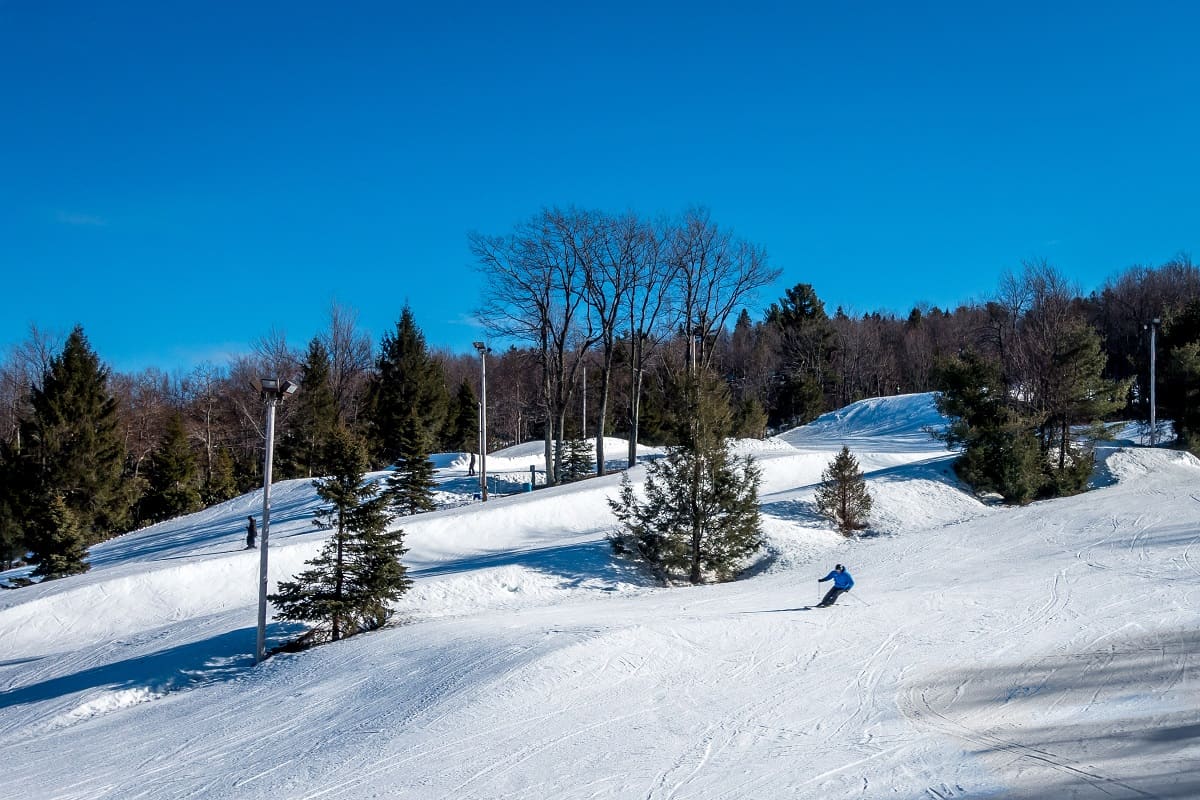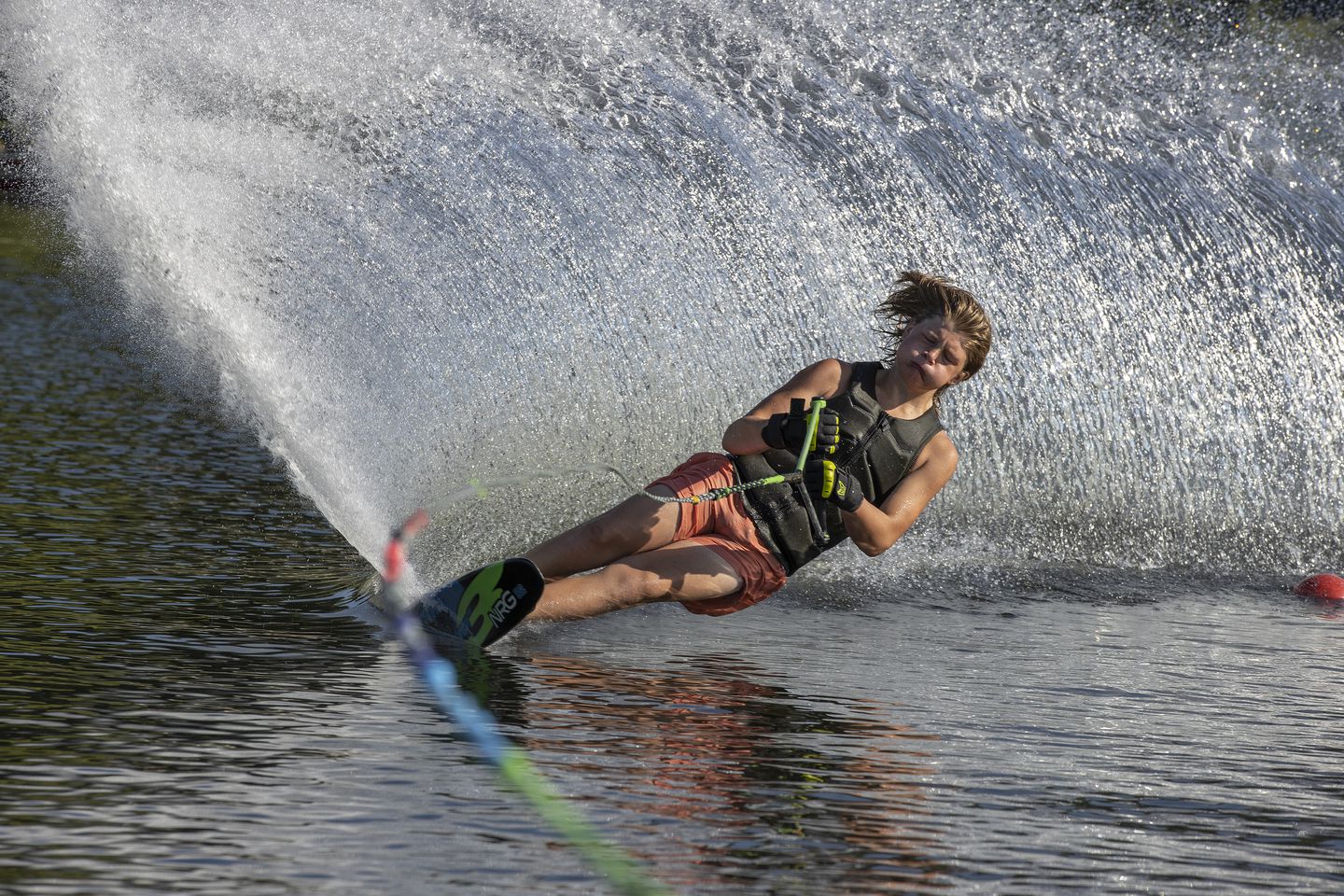
Nordic skiing is one of the most popular winter sports in the world, but it's not as easy as you may think. You have to start with the right equipment, learn the techniques and then get comfortable in variable terrain.
Cross Country Skiing is a new sport
Guided lessons are a great way for beginners to learn the basics of skiing. You can check with your local ski school to see if they offer lessons. If they don't, ask around for recommendations or consider a friend who is an experienced skier and has some gear to share.
Shopping for the Right Gear
Skis with "fish-scale" bottoms are better as they make it easier to glide over slippery snow without losing control. Ski wax should be tailored to the type and conditions of the snow you're skiing on.
So you don't have to have them resized after a lesson, or later, make sure you buy the right size skis. Amie Smith, executive Director of the New England Nordic Ski Association, said that this will save you both time and money over the long-term.

A pair ski boots must be a necessity. You'll also need a pair of poles, which should be adjustable for different heights.
You should always have extra gear in case of extreme weather conditions. When it is cold or windy, a hat, gloves, and warm layers can help you continue to move.
Go Easy on Yourself
To avoid injuries, start slowly and gradually build up your confidence on the slopes. Avoid downhills and instead, start on groomed trails in a ski area with tracks.
Glide Up Hill
Move uphill using the herringbone strategy. Step back while your skis point outward. This makes it easier and more enjoyable to climb hills on sloping slopes.
Practicing this technique will make it much easier to do when you're out on your own, so try it the next time you're skiing uphill.

Be Dynamic, be Balanced
Nordic skiing requires that you use all of your body. Beginners should be able to use all of their body as they ski.
Classic (Traditional)cross-country skiing is the most common form of the sport for beginners, because it resembles walking on skis and relies on a kicking and gliding motion as you lean slightly forward. This technique can take some getting used to, but it is a rewarding cardio workout that offers plenty of opportunities for you to practice your technique and enjoy the outdoors.
Cross-country skiers are a challenge that mimics ice skating. You must push the skis in a V pattern. This is more difficult to master, but it's fun and allows you to develop faster speeds.
FAQ
My luggage should be stored where it is safe.
There are many options. Most people use airport lockers. These lockers are located in the vicinity of the security area. They cost between $5-10 per day, depending on the locker size.
You can also rent a storage space. These units are commonly found outside shopping centers or large hotels. While prices can vary, there are some places that offer discounts for multiple units being rented together.
Third, you can hire a porter. You can hire a porter to help you carry your bags from the carousel to the room. He will charge a small service fee for each trip.
What should you pack for a vacation?
Know what you want to do while on holiday. It's not just about packing clothes. It's also important to think about where you are going, and how long you will be there.
Think about the activities that you are interested in. If you plan to visit exotic locations, you might consider scuba diving. Participating in local festivals or events is a good idea if you're planning on staying somewhere for a longer time.
It is crucial that you inform the people responsible for your care if you have any health problems. They can then plan accordingly.
How do you travel light?
There are no right or wrong answers when packing for a vacation. Here are some tips to help you decide what to pack.
-
Only bring what you truly need.
-
Only bring what you are going to wear.
-
Do not overpackage yourself with items.
-
Be sure to have plenty of space in your suitcase
-
Always make sure you have everything you need.
-
Enjoy free storage
-
Use reusable water bottles instead of buying bottled water.
-
Carry a backpack instead of using a suitcase.
-
When possible, walk or cycle instead of taking public transport.
-
You can choose the right size bag.
-
Be careful not to carry large items.
-
You should be prepared for every eventuality
-
You can't leave any trace.
What can I do to make travelling more enjoyable?
Traveling should not just be about getting from point A to B. It should encompass all the experiences that are encountered along the journey.
We have developed an app called "Traveler", which allows you to create itineraries and plan your trip based on your interests.
We are currently adding new features like booking hotels, flights, and renting cars.
The concept behind this project is to create a simple, yet effective travel planning tool for travelers who want more while on vacation.
Statistics
- Case in point: the private island of Ilha Caldeira, less than seven miles off the coast as part of the Primeiras and Segundas Archipelago, is located within the marine-protected area with 20 percent of the country's intact living coral. (travelandleisure.com)
- According to Maori legends, this park holds 14 fjords that were all carved by a giant stonemason with an adze. (busytourist.com)
- They're also likely to offer babysitting services, in case you'd like to have dinner one night after 7 p.m. (travelandleisure.com)
- No Checked Bags: No Alcoholic beverages with more than 70% alcohol (over 140 proof), including grain alcohol and 151 proof rum. (tsa.gov)
- That's an 18% jump from 2019, the previous record year. (travelandleisure.com)
External Links
How To
How to get cheap international flights
Cheap International Flight Searching has grown in popularity due to the rise and development of online travel agencies such as Expedia.com, Travelocity.com, Orbitz.com, Priceline.com, etc. which offer low airfares at discounted rates.
However, you should know that many factors affect your flight search results when looking for cheap international flights. These factors include:
-
The type of airline you choose.
-
Your destination city.
-
Your departure date.
-
Your arrival date.
-
The length of stay.
-
The number of people traveling together.
-
Passengers' age group.
-
You can fly either during peak season, or off-season.